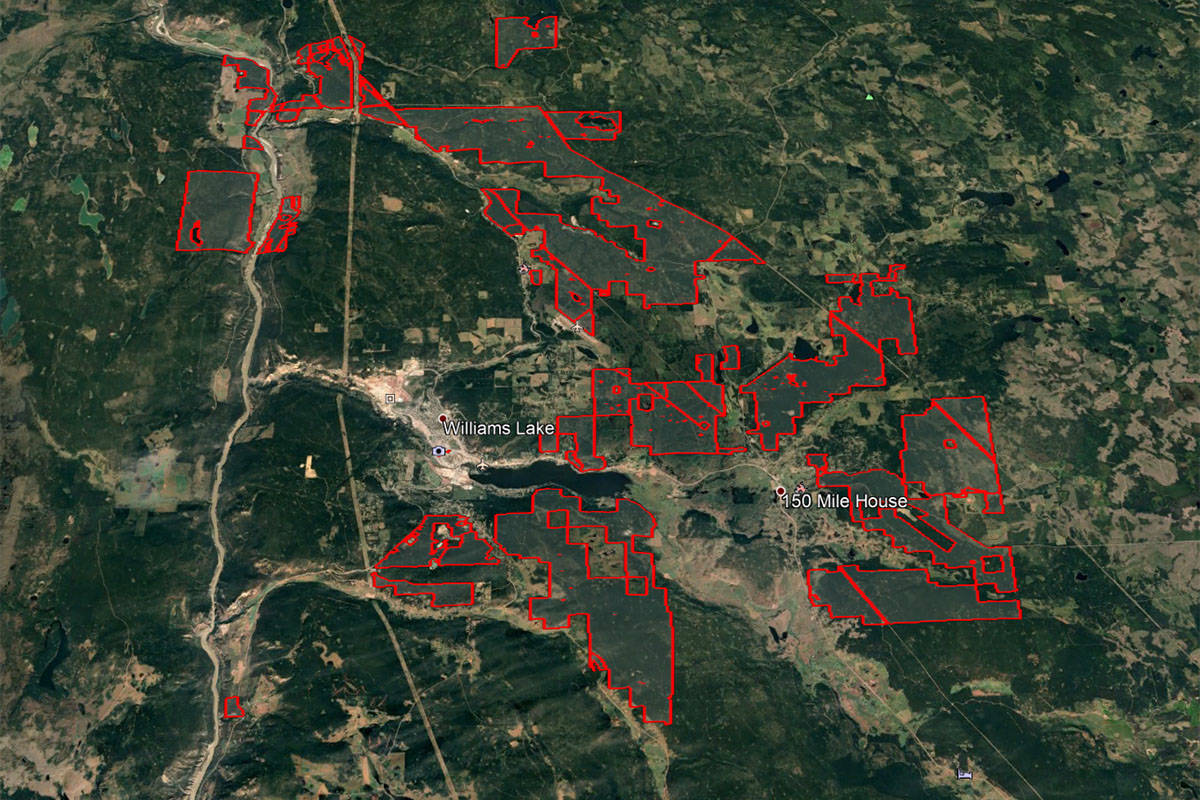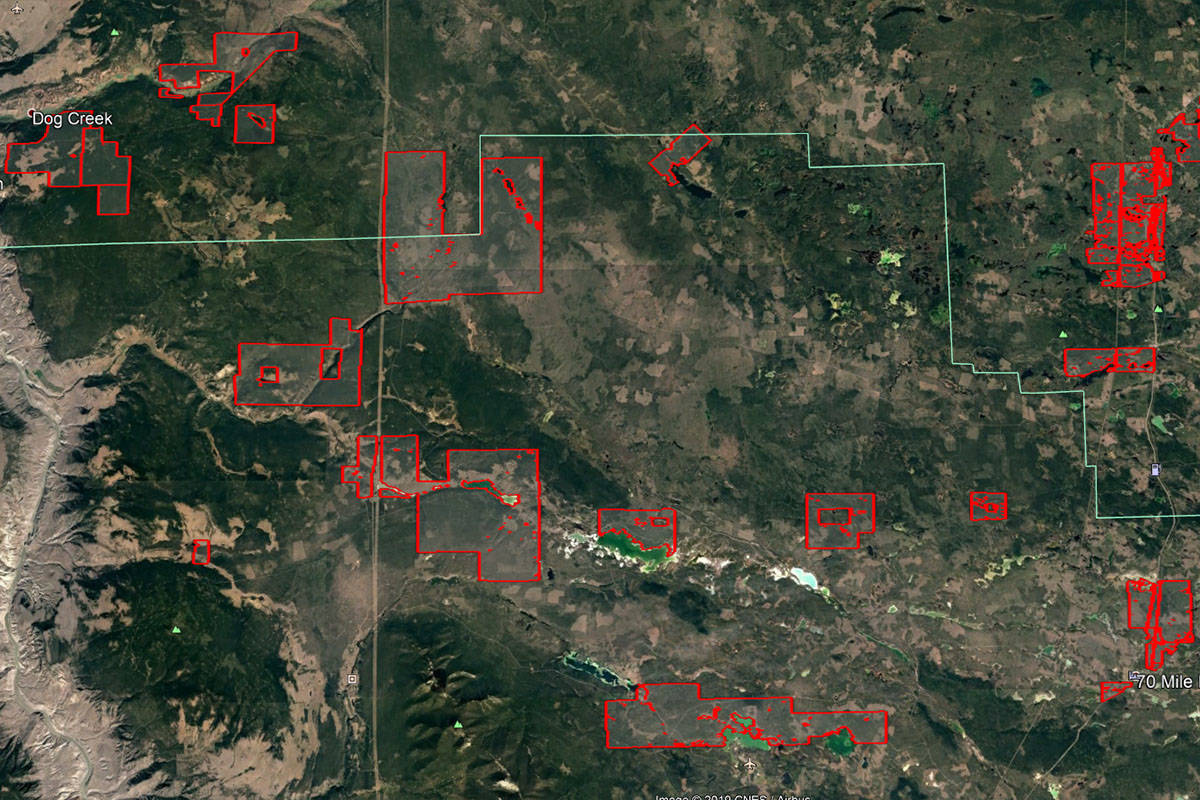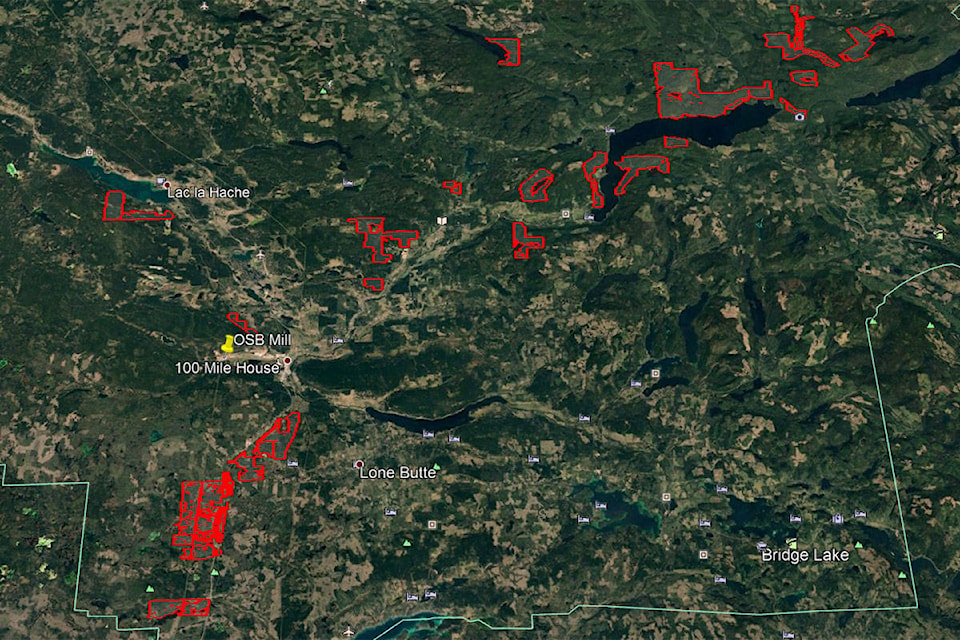On Oct. 24, B.C. tabled a bill (41) on indigenous rights that would make the province the first in Canada to legally implement the United Nations Declaration on the Rights of Indigenous Peoples (UNDRIP).
“We’re leading in Canada, in North America and the Western Hemisphere,” B.C. Indigenous Relations Minister Scott Fraser said in an interview with Black Press.
The Bill “requires the government to take all measures necessary to ensure the laws of British Columbia are consistent with the United Nations Declaration on the Rights of Indigenous Peoples and to prepare and implement an action plan to achieve the objectives of the Declaration. The minister must report annually on the progress that has been made towards implementing the necessary measures and achieving the goals in the action plan. The Bill also provides for agreements to be entered into with Indigenous governing bodies, including agreements relating to the exercise of a statutory power of decision.”
However, B.C. Liberal leader Andrew Wilkinson was skeptical about the NDP’s decision to pioneer the implementation of UNDRIP.
“The challenge for B.C. is we have 203 different first nations, many with overlapping claims to the landscape, and to aboriginal rights and title,” Wilkinson said in an interview. “And that’s a slow process of reconciliation that made great progress under the B.C. Liberals with (former minister) John Rustad leading the way. And now we see the NDP backing off to a kind of theoretical UN-driven approach, and it will be a real challenge to see if that will work in B.C.”
The current B.C. government is clearly committed to improving relations, says Ken Coates, a Munk Senior Fellow in Aboriginal and Northern Canadian Issues with the Macdonald-Laurier Institute.
“B.C. is currently doing many things that are ‘in the spirit of UNDRIP.’ The duty to consult and accommodate provisions are an example. So is the Nisga’a Treaty,” which is the first modern-day treaty in B.C.
There are plenty of other examples, according to Coates, including child welfare, which he notes has not been as successful, and economic development.
“My view is that Canada is slowly getting things better — far from right, but better - and B.C. is ahead of Canada on many practical issues, largely because provincial responsibilities intersect on many issues of high priority to Indigenous peoples,” he says. “I favour building a large list of successful collaborations and proof of constructive relationships, to the point where sharing decision-making with Indigenous communities becomes second nature.”
He points to the Umbrella Final Agreement in the Yukon in 1993 as one such example.
A little closer to home UNDRIP was brought to the foreground during Northern Secwepemc te Qelmucw (NStQ) Treaty Negotiations in August during negotiations with Minister of Crown-Indigenous Relations, Carolyn Bennett.
“The issues include: the federal government’s lack of understanding regarding boundaries issues, the Federal Transition Committee for Child and Family, Secwepemcstin language on road signs, support for the creation of federal conservation areas, funding to honour NStQ veterans and for the Guardian stewardship program and acknowledgment of the redress provisions set out in UNDRIP (United Nations Declaration on the Rights of Indigenous Peoples),” said Eric Sannes, NStQ communications manager in a release at that time.
The United Nations Declaration on the Rights of Indigenous People (UNDRIP) has been in ongoing discussion since the UN adopted the declarations in 2007, says Tsq’escenemc (Canim Lake Band) Chief Helen Henderson.
“It has taken twelve years for the BC Government to table Bill 41 that acknowledges the human rights of Indigenous peoples.”
If passed, the implementation of UNDRIP marks just the beginning of many more discussions to occur in respect to unsettle land negotiations including self-governing and treaty negotiations with Indigenous communities throughout the Province of B.C., says Henderson.
“The BC government believes that tabling Bill 41 is in the spirit of reconciliation. However, I believe that the definition of reconciliation is not in the possibility of passing a Bill. True reconciliation will be determined through the actions in good faith that come from the implementation of the Bill. As the Canim Lake Band Chief, my responsibility to my community is to ensure that the B.C. government is held accountable and the implementation of that action plan meets or exceeds our expectations.”
The NStQ treaty, signed in principal in July 2018, could provide a bit of a practical application for some of the UNDRIP articles.
“The Agreement-in-Principle includes provisions with respect to lands, finances, taxation harvesting rights, cultural resources, self-government and other matters. These provisions will be further developed through negotiations to conclude a treaty with the four NStQ First Nations,” a government press release noted at the time.
For example, when it comes to self-government (article 4 of UNDRIP), “Canada will negotiate self-government in the Final Agreement with NStQ and British Columbia based on the policy of Canada that the inherent right to self-government is an existing aboriginal right under section 35 of the Constitution Act, 1982,” according to the Agreement-in-Principle.
In terms of land (article 8 of UNDRIP), the NStQ Treaty Settlement Lands, if ratified, would comprise 82,129.6 hectares, including 11,643 hectares of former reserves and 70,486.6 hectares of former provincial Crown land.
Wilkinson said of Bill 41 “The challenge for B.C. is we have 203 different first nations, many with overlapping claims to the landscape, and to aboriginal rights and title.”
The NStQ treaty deals with this by noting that subsequent lands may be added (at a price), provided that they are not in areas where other First Nations have claims, areas subject to treaty negotiations or treaties “unless consent is obtained from the First Nation that has made the claim.”
When it comes to children (articles 7, 14, 17, 21 and 22 of UNDRIP), NStQ may, according to the Agreement-in-Principle, make laws in respect of Child Protection Services to children of NStQ families resident on NStQ Treaty Settlement Lands and NStQ may provide Child Protection Services.
For another example, when it comes to education (articles 14, 15, 17 and 21), NStQ may, according to the Agreement-in-Principle, make laws in respect of Secwepemctsin and Secwepemc cultural education provided by an NStQ Institution on NStQ Treaty Settlement Lands for the certification and accreditation of teachers for Secwepemc language and culture, the development and teaching of Secwepemctsin and Secwepemc culture curriculum; and the certification and accreditation of individuals to practice as aboriginal healers on NStQ Treaty Settlement Lands, as well as, K-12 education provided by an NStQ institution on Settlement Lands.
“Treaties are one of the important paths to meaningful reconciliation with First Nations that help bring certainty to the land base. The province has been working with the federal government and First Nations over the past two years to modernize the treaty process to better reflect the UN Declaration on the Rights of Indigenous Peoples. A new policy, approved in September 2019, reflects this work and new ways we have been approaching treaty-making in B.C., including at the NStQ treaty table,” says Sarah Plank, communications director for the Ministry of Indigenous Relations and Reconciliation.
Plank says they’re making steady progress together on several critical areas including children and families, fish, shared decision making, land and range issues.
“In addition to treaty-making, further legislative and policy tools are required to advance reconciliation. Court decision after court decision has upheld the Indigenous title and rights, and directed government to take action on this. The new legislation will give us a path forward, creating clarity and predictability for all people in British Columbia.”
With files from Tom Fletcher.


